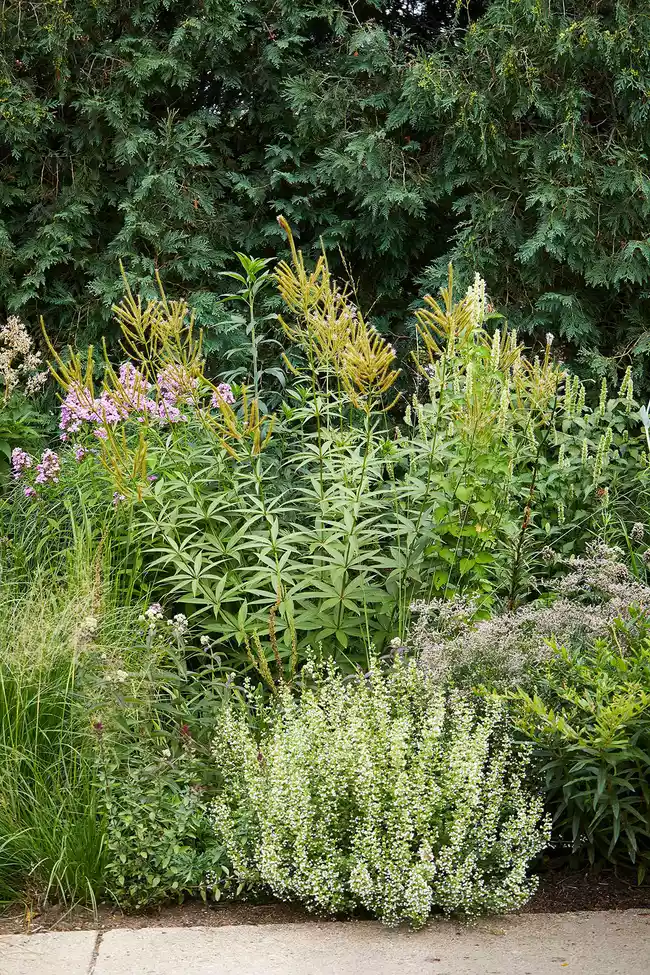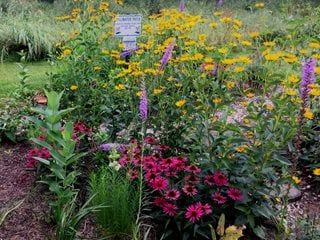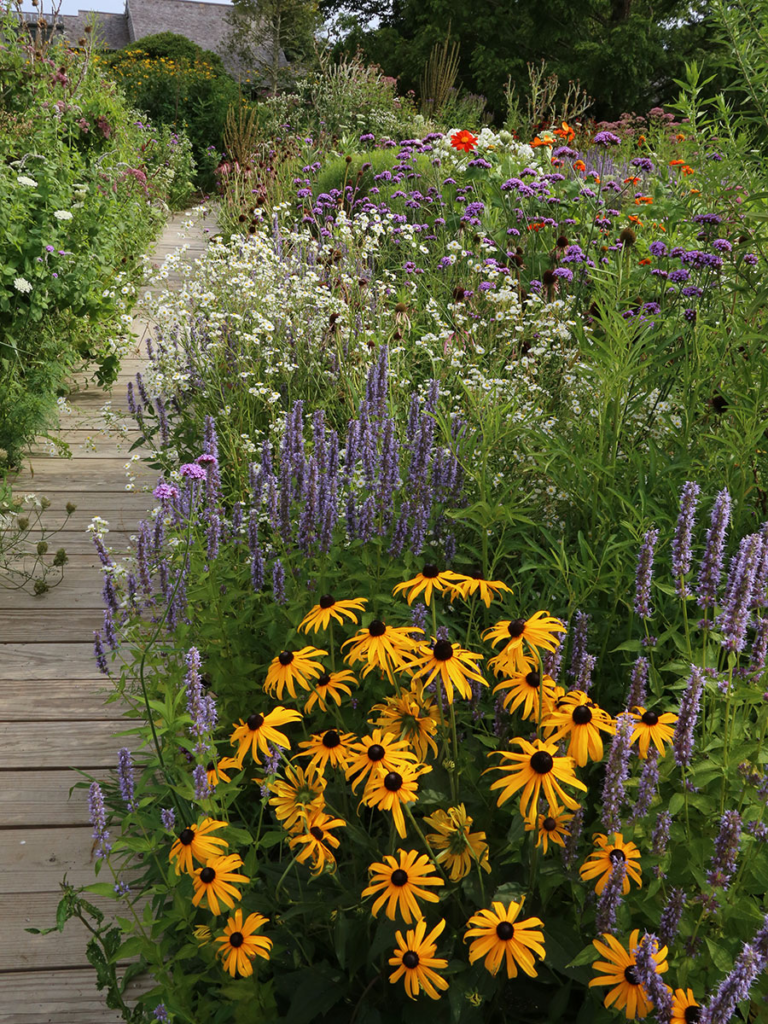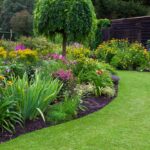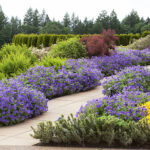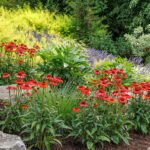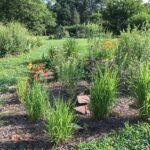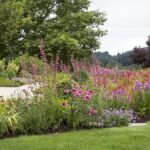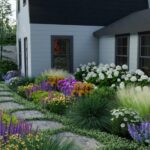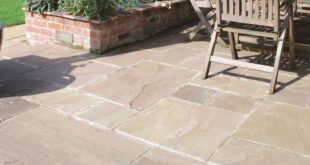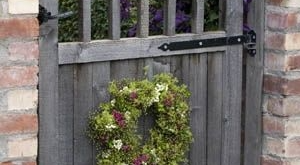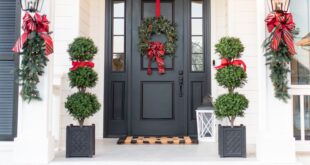Pollinator gardens are becoming increasingly popular as people look for ways to support the declining populations of bees, butterflies, and other important pollinators. These gardens are specifically designed to provide food, shelter, and nesting sites for these essential creatures. When designing a pollinator garden, there are several key elements to consider to ensure its success.
First and foremost, it’s important to choose a variety of flowering plants that bloom at different times throughout the year. This will ensure a consistent food source for pollinators from early spring to late fall. Native plants are particularly effective at attracting and supporting local pollinator species, so it’s a good idea to incorporate a mix of native flowers, shrubs, and trees into your garden design.
In addition to a diverse selection of flowering plants, it’s important to provide nesting sites for pollinators. Many bee species, for example, nest in the ground or in hollow plant stems. Leaving some areas of bare soil or incorporating bee hotels and nesting boxes into your garden can provide much-needed shelter for these important insects.
Water sources are also crucial for pollinators, especially during hot, dry periods. Including a small pond, birdbath, or shallow dish of water in your garden can attract a variety of pollinators and provide them with a place to drink and cool off. Just be sure to keep the water clean and fresh to prevent the spread of diseases.
When planning the layout of your pollinator garden, consider creating clusters of the same plant species rather than scattering individual plants throughout the garden. This grouping effect makes it easier for pollinators to find and access the nectar and pollen they need for survival. It also creates a more visually appealing and cohesive garden design.
Finally, minimizing pesticide use in your garden is essential for the health and well-being of pollinators. Pesticides can be harmful to bees, butterflies, and other pollinators, so it’s best to avoid using them whenever possible. Instead, opt for natural pest control methods, such as hand-picking pests or using insecticidal soaps and horticultural oils.
By incorporating these key elements into your pollinator garden design, you can create a beautiful and thriving habitat that supports the important work of bees, butterflies, and other pollinators. Not only will you enjoy a garden filled with colorful blooms and buzzing activity, but you’ll also be doing your part to help protect these essential creatures for generations to come.
 yishifashion Where Outdoor Dreams Become Reality
yishifashion Where Outdoor Dreams Become Reality
